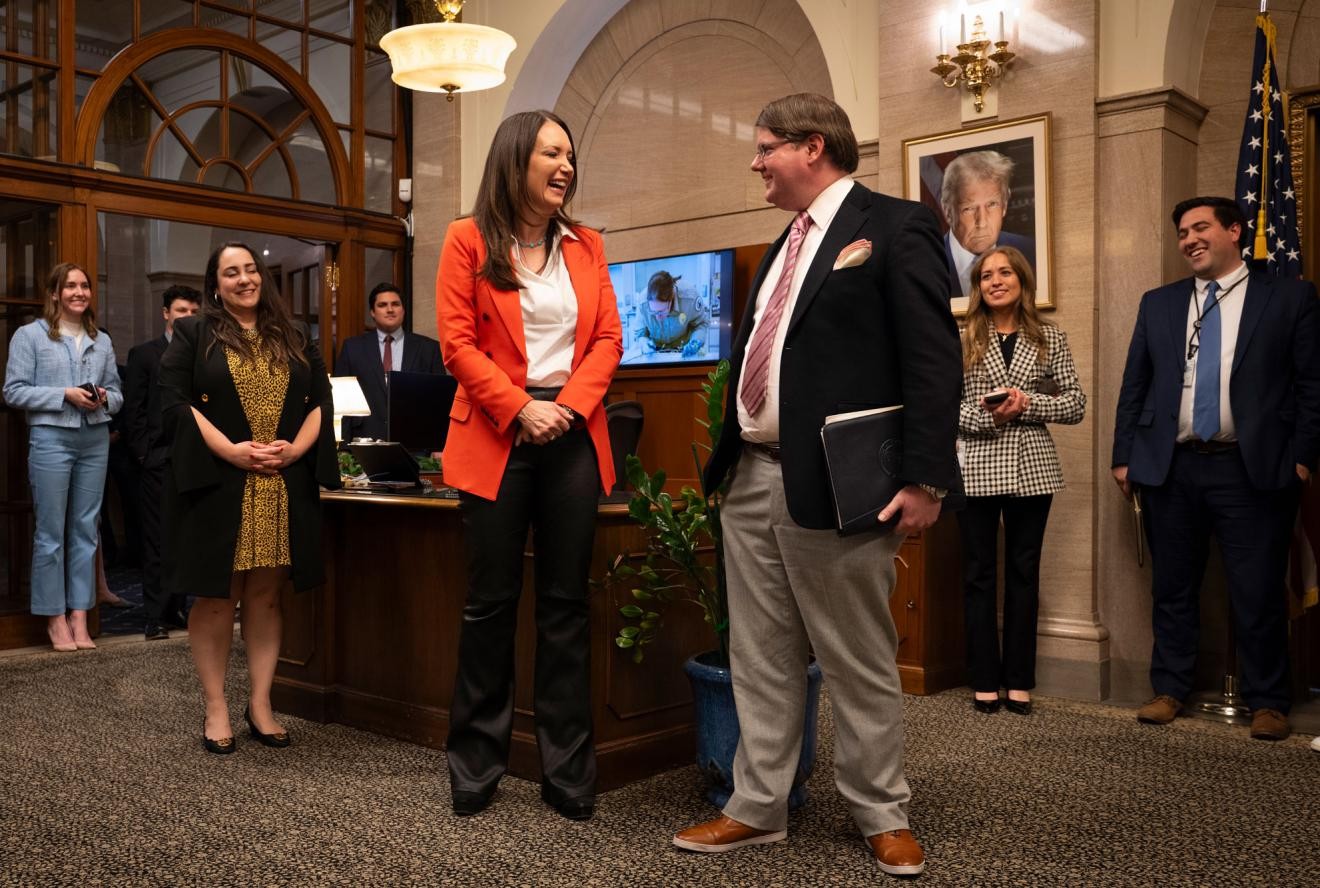The recent case of a traveler-associated human case of New World screwworm reaffirmed USDA and federal surveillance and trapping measures to keep this threat to U.S. livestock out of our country.
“Believe it or not, we have had human cases in the past, including in the past five years. Unfortunately, this happens at times where people go to regions of the Western Hemisphere where the fly is endemic. It’s bad for that particular human, although it’s easily treatable with modern medicine.”
That from Agriculture Department Deputy Secretary Steven Vaden at the recent Farm Progress Show in Decatur, Illinois.
So how did USDA participate in response efforts to this case? There was an initial surveillance within a 20-mile radius of the affected area covering Maryland, Virginia and the District of Columbia. Trap results for New World screwworm came back negative.
The threat of this invasive pest to the nation’s livestock, particularly the beef cattle industry, continues to loom. To date, no detections of NWS have occurred to U.S. livestock. Yet the deputy secretary pointed out:
“The fly is currently about 400 miles at its closest point from the United States border.”
Joint prevention and eradication efforts by the U.S. and Mexico continue to protect the U.S. cattle supply from this invasive pest. That includes USDA Animal and Plant Health Inspection Service personnel and Mexican counterparts conducting daily testing.
“Right now, items including baiting are being done in Mexico. We’re trying to ensure that we can keep this pest located where it is, and no further. We’re doing this a few points north of the polygon, where we know where it is, to detect any movement early.”
Further collaborative efforts to combat New World screwworm include early to mid-September:
“USDA Animal and Plant Health Inspection Service will be sending a team to Mexico in about two weeks’ time in order to review whether Mexico is following the protocols that we have agreed on, and get an in-depth, on-the-ground look at the situation in Mexico and report back to the secretary and me, where we’ll decide on next steps.”
And regarding a timeline of consideration of those next steps, once APHIS personnel on site report their findings:
“We should have some indication as to what the situation on the ground is in Mexico now that some of these ameliorative efforts have taken place.”


